8 Cooking Methods for Mastering How to Cook at Home
8 Cooking Methods for Mastering How to Cook at Home
Cooking 101
Sure, you can follow a recipe. But with an elementary understanding of the most common cooking techniques—aka “ways to cook”—you can begin to enjoy the process, turning your dinner recipes from labor into love. Here are the basics of eight cooking methods that will help you learn how to cook and make you more comfortable in the kitchen.
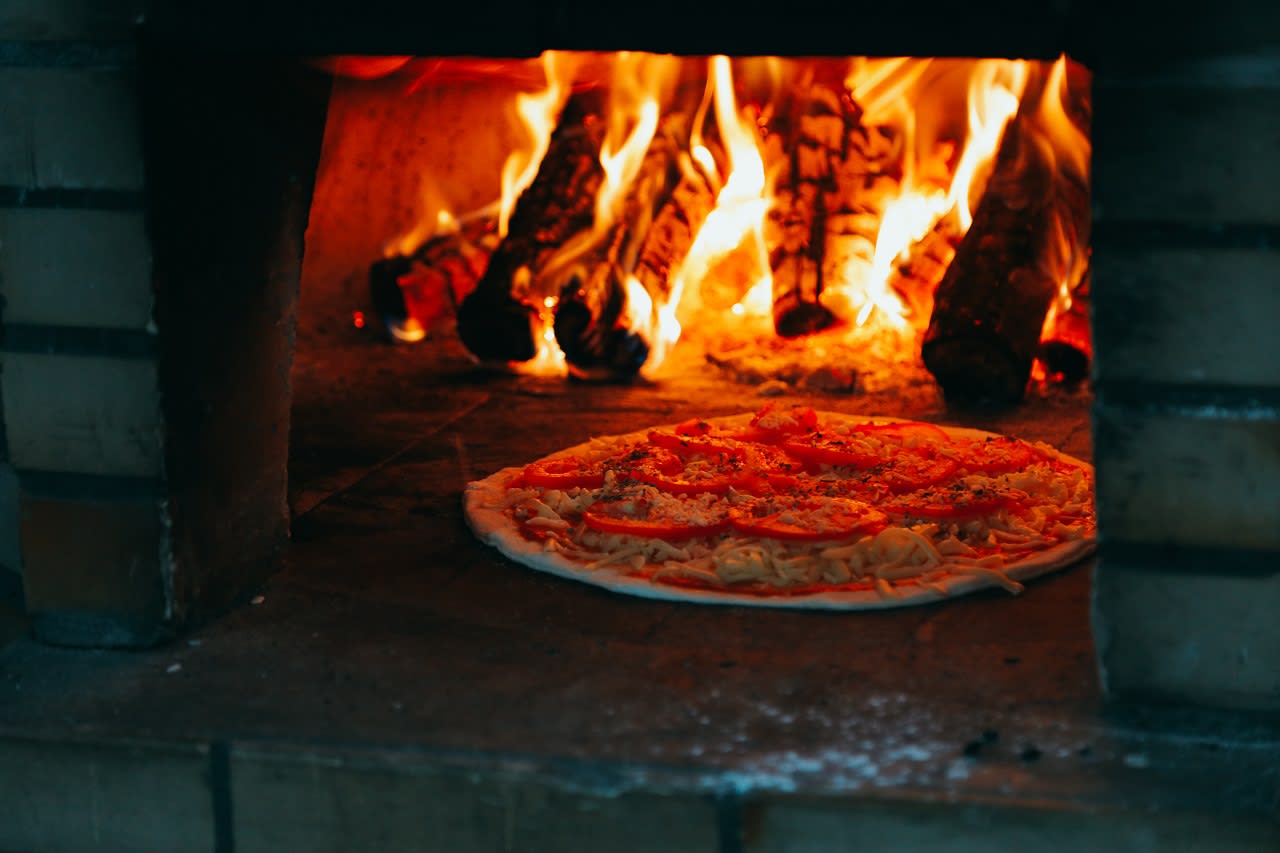
1. Baking
Baking is a method that uses dry heat, usually in an oven (or other enclosed space that allows the heat to be uniformly distributed) at temperatures of around 300-375° F. It’s great for foods with soft structures—think dough or batter-based dishes—that need constant heat for a long time, including cakes and egg-based items such as quiches and soufflés. Through baking, a food’s interior and exterior chemically and structurally transform. As part of this process, moisture is trapped in the interior (adding to the lift of your favorite cakes, for example) while the exterior becomes deliciously golden brown (thanks to the Maillard reaction, which alters the food’s sugars and proteins).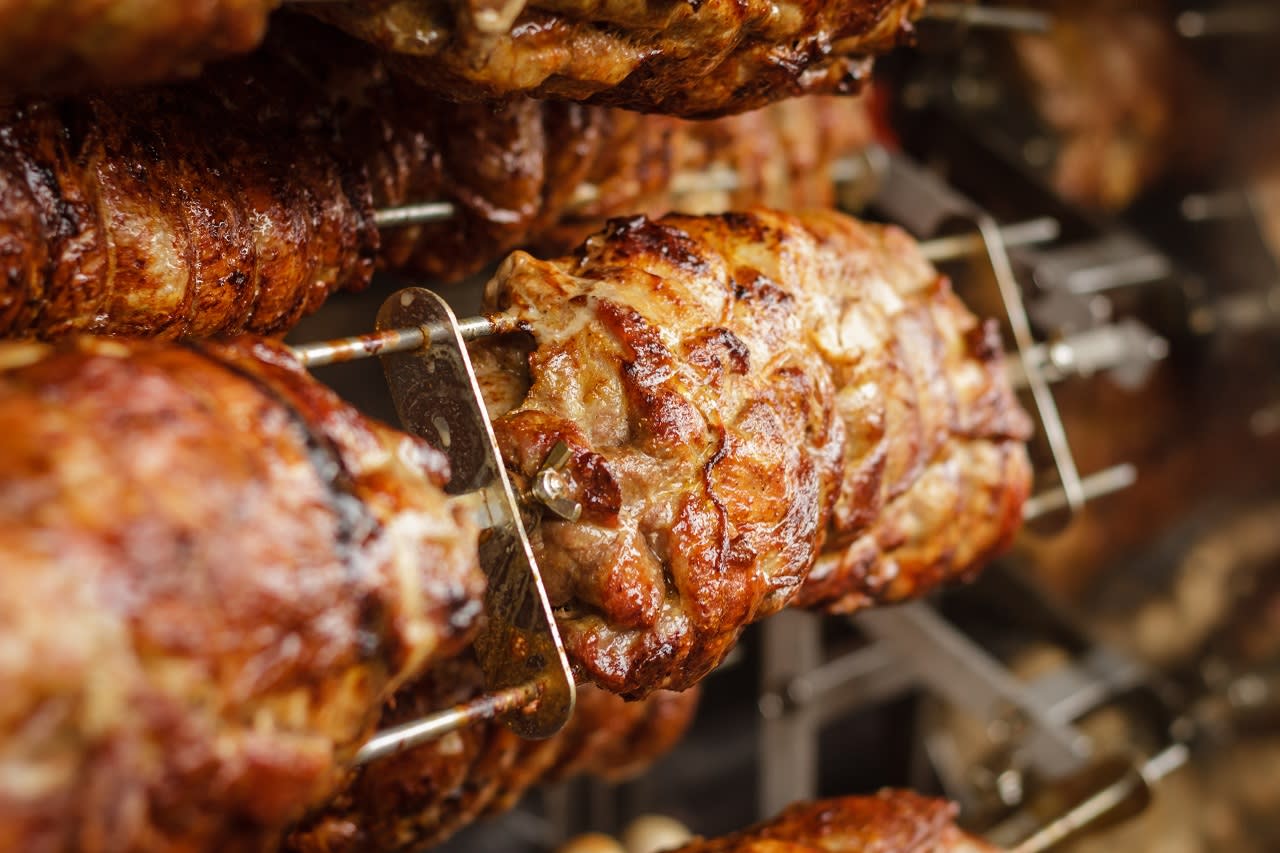
2. Roasting
Similar to baking, roasting is a dry heat method, but it occurs at temperatures of 400° F and higher. This allows food to achieve a delicious “crust” on the exterior—through the same Maillard reaction—without overly drying out the interior of the food. Usually, roasting requires a little fat on the food’s exterior (for instance, vegetables tossed with oil before cooking).
Roasting is ideal for foods whose structures are already set: Think of a raw versus roasted carrot—they’re not that different—versus raw cake batter that transforms from liquid to solid through baking. Roasting also works well for meat, fish, and other proteins that benefit from that delicious golden caramelization that happens in a hot oven.
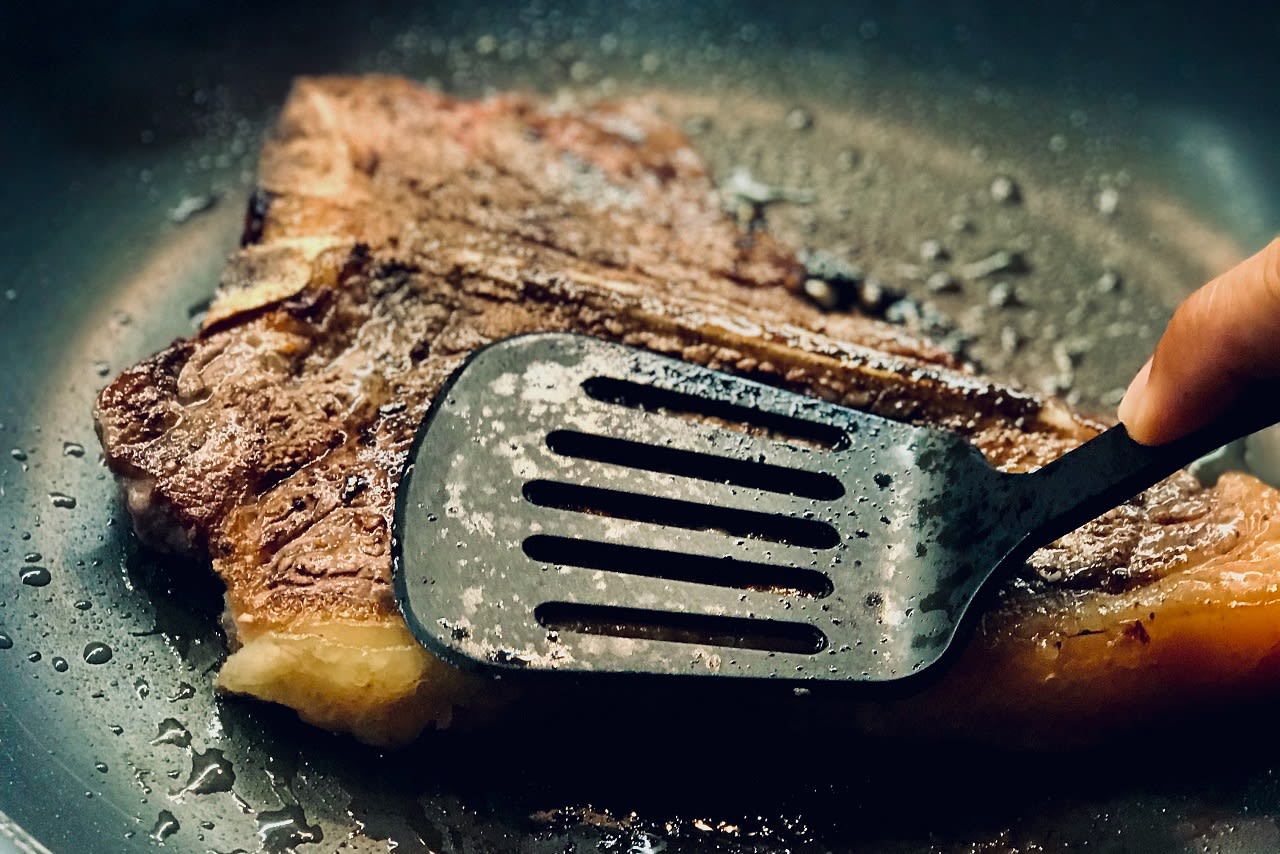
3. Searing
Searing (often referred to as pan-searing) is a cooking method through which an ingredient comes into contact with a hot pan (or another hot surface, such as a grill, griddle, or heated stone). The key to searing is introducing sudden, intense heat. Also central to the equation is fat, such as butter or olive oil, since it keeps the food from sticking and encourages the caramelization of the sugars and proteins (aka our friend the Maillard reaction) that makes for a delicious “crust” on the outside.
When using oil to sear, look for it to be slightly shimmering—like tiny waves skittering across the surface—but not smoking. This is when you should add the food to the pan. Start with about a tablespoon of fat in the pan before adding more, so the food can sear without frying.
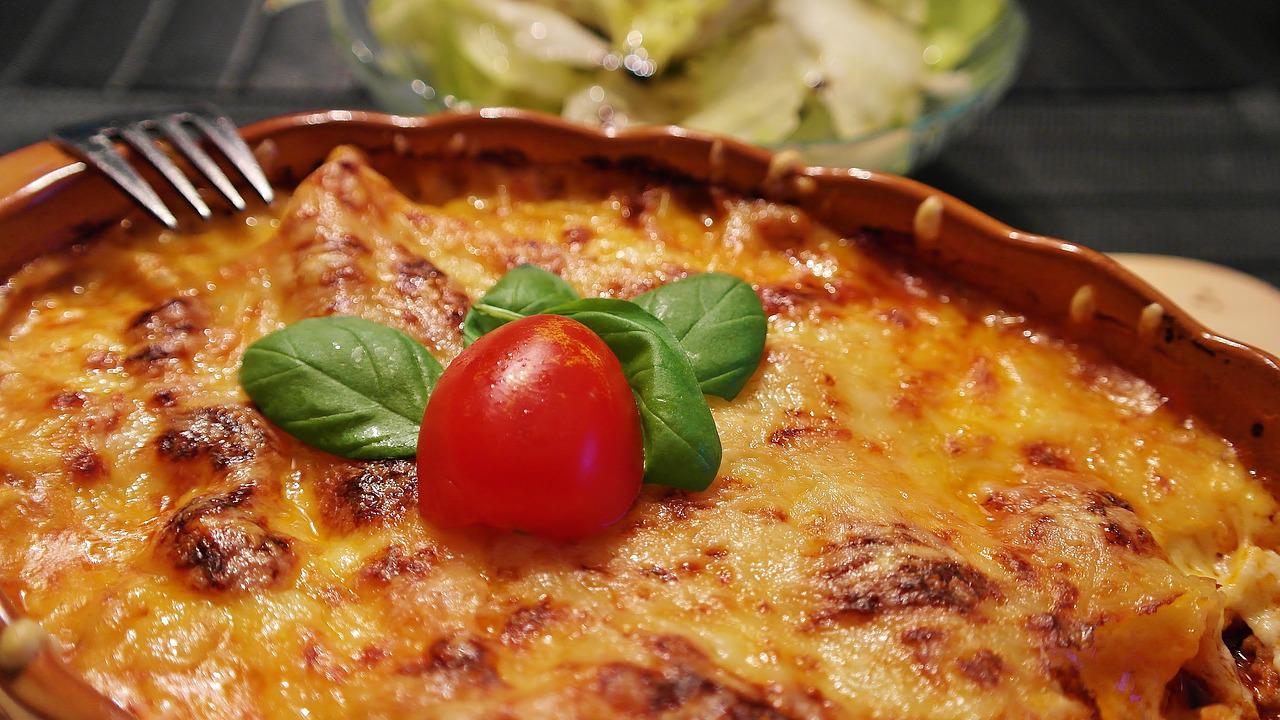
4. Broiling
Broiling uses intense direct heat to cook food. Commonly, broilers are on the top interior of home ovens, either as a coiled electric element or a strip of gas flame. Broiling is great for finishing baked or roasted dishes that you want to brown just one part of—think melted cheese on a baked tuna melt or buttered breadcrumbs on eggplant parm—and for quickly cooking small pieces of meat or fish.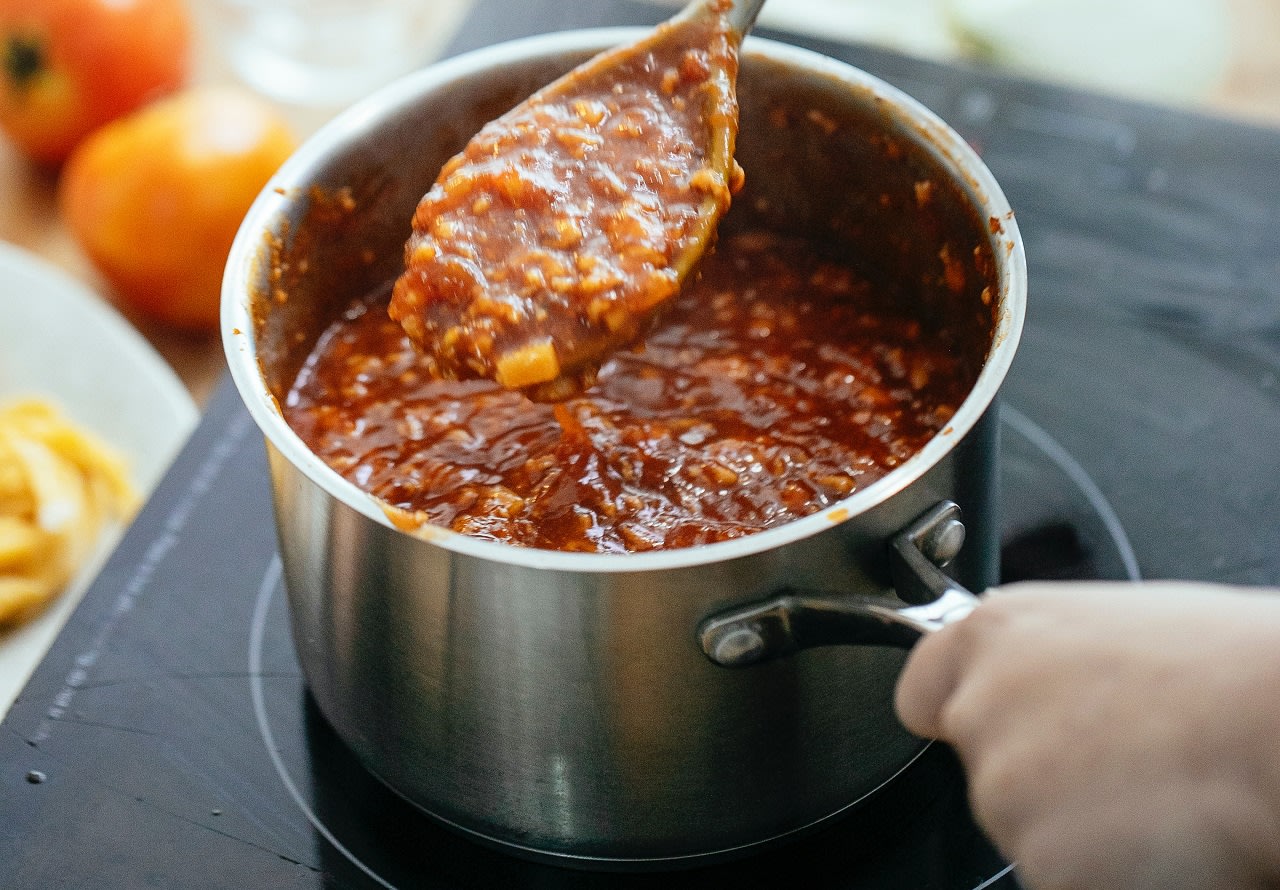
5. Simmering
Simmering is a way to gently cook food in a pot of liquid that is just below boiling, somewhere between 185°F and 205°F. (By contrast, water boils at 212° F.) Simmering allows liquids to reduce and concentrate. For example, simmering a marinara for hours on the stovetop intensifies the tomato flavors while they meld into each other. You can tell that water or other liquids are simmering when they’re in motion but there aren’t any big bubbles breaking the surface.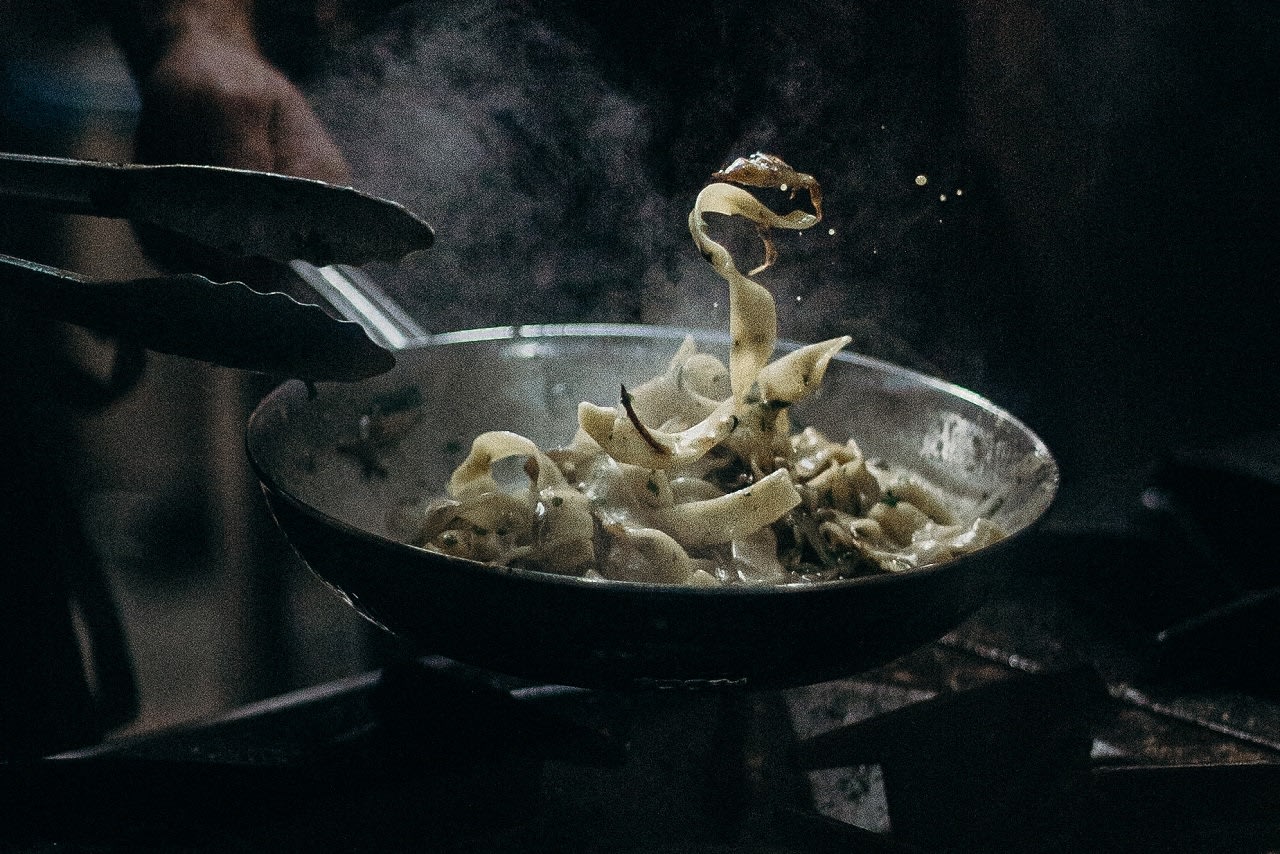
6. Sautéing
Leave it to the French (sauté comes from the French word sauter, which means to jump) to come up with such a chic name for cooking food quickly in a pan with minimal fat. Sautéing is great for foods that need only a short cooking time over relatively high heat, such as chopped or sliced vegetables, steak, or chopped boneless chicken thighs. With this method, you’ll want to use a shallow pan with sloped sides so you can toss the food regularly. Nonstick, stainless steel, and cast-iron skillets all work well for sautéing.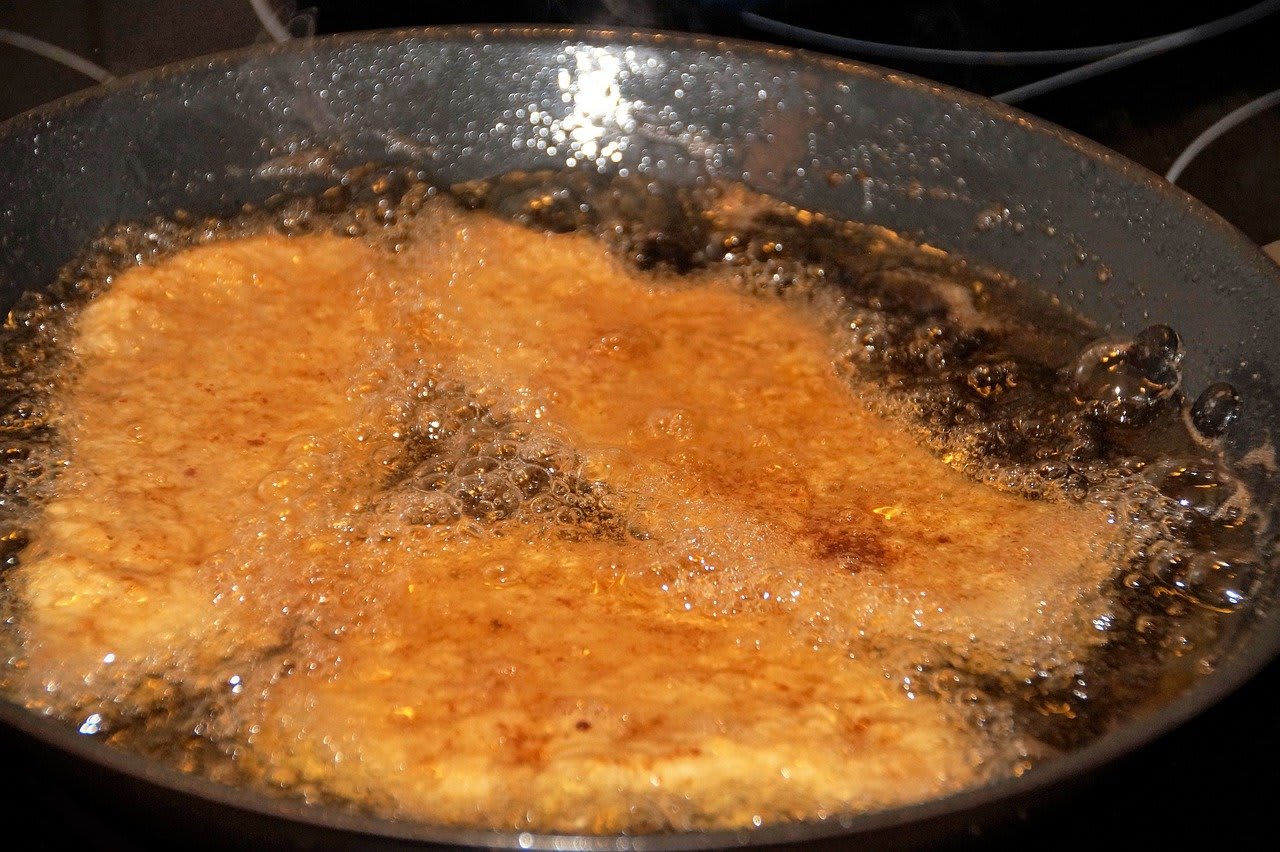
7. Frying
People in the American South might use “fry” to mean anything that happens in a skillet, but technically frying means cooking food in fat (often oil) that comes either partially up the sides of the food or entirely covers it. Typically, frying happens between 350°F and 375°F. This allows the interior of the food to get hot while creating a golden brown and crisp—not burnt—exterior.
In frying, as with other high-heat cooking techniques, the Maillard reaction occurs. Here, those caramelized starches form a protective shell (e.g., the perfect crust on battered fried chicken) that keeps the oil from soaking into the food too much. This is why it’s imperative to fry at the correct temperature—too low, and the starches won’t achieve that protective layer, resulting in soggy, overly oily food; too high, and the crust will burn before the interior can cook adequately.
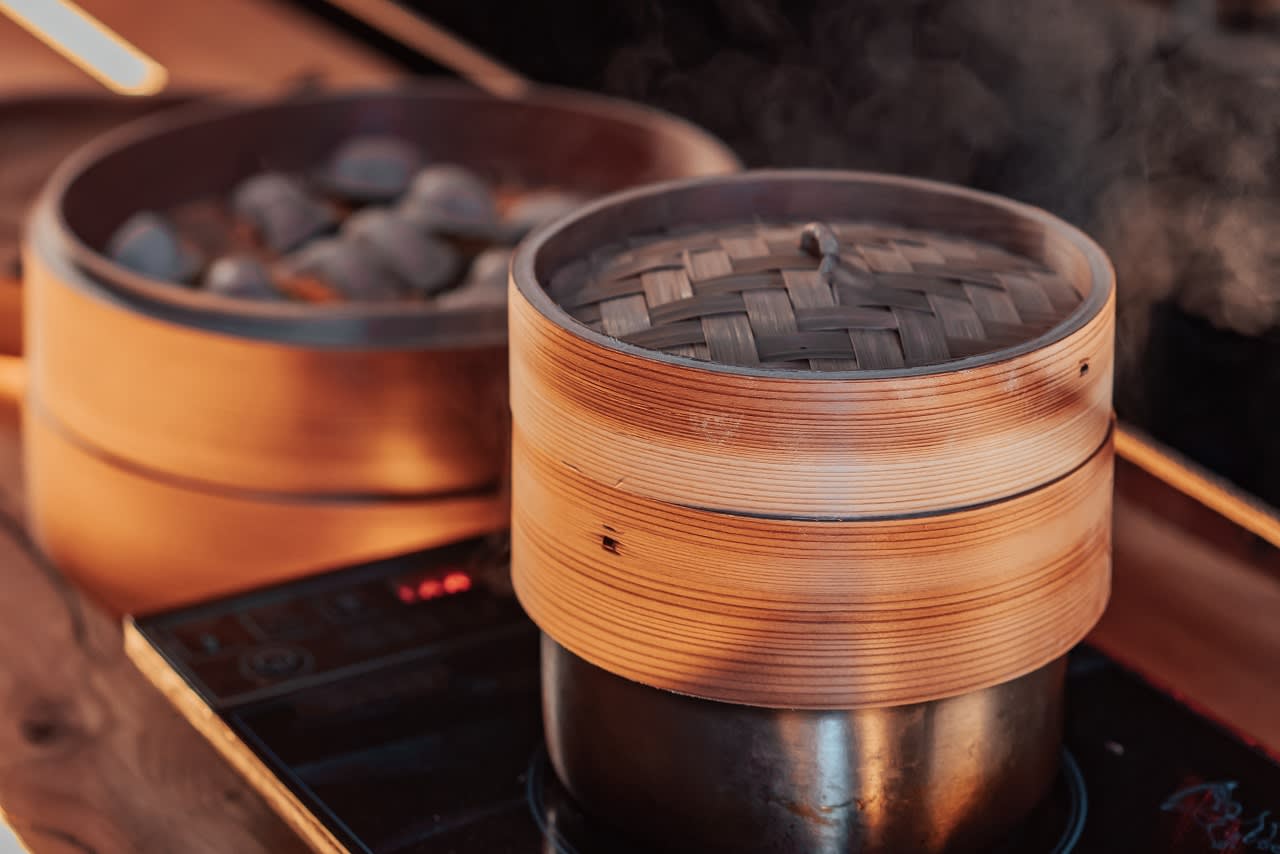
8. Steaming
Steaming uses moist heat to cook foods gently. This is commonly done by placing foods above boiling water so that they heat through and become tender. Steaming is ideal in a closed environment such as a pot or covered pan that traps the moisture so the heat can stay constant. A microwave works well for steaming, since it heats the water quickly. To microwave-steam, add water and your ingredient to a microwave-safe bowl, cover with plastic wrap, poke a few holes in the plastic wrap, and cook until the food is tender. Steaming is great for vegetables (plus, they’ll retain more nutrients than with boiling), and for cooking fish and chicken.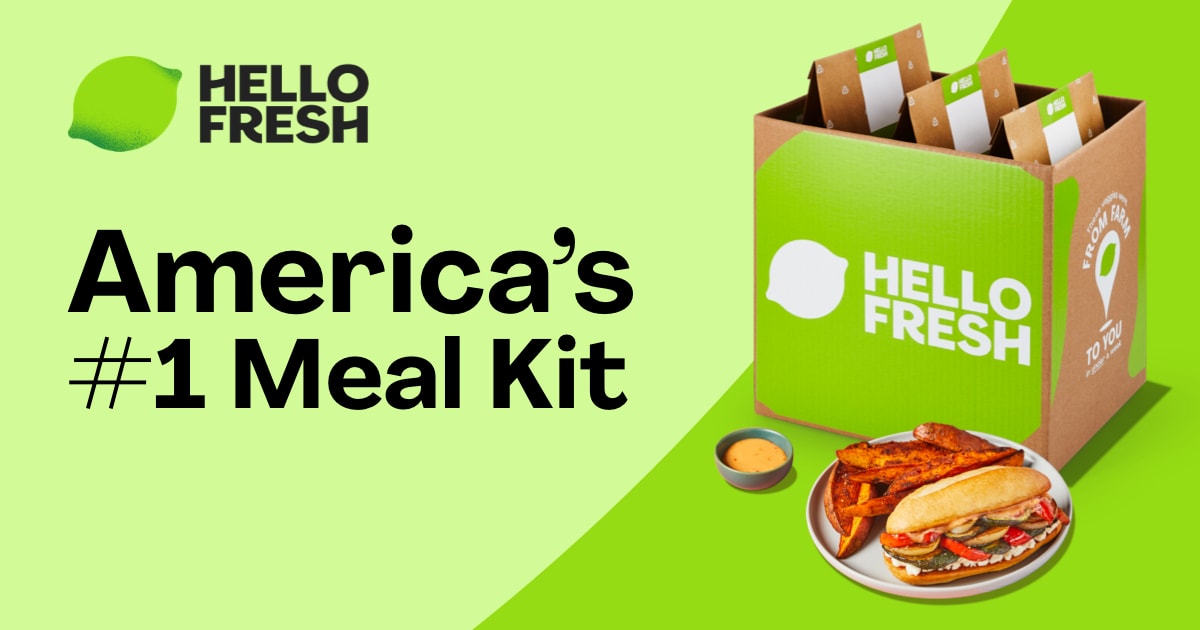
Easy HelloFresh Recipes and Dinner Ideas to Get Started With
HelloFresh uses easy-to-follow recipe cards with clear photos and concise instructions—making HelloFresh a cooking class of sorts. You don’t need to have world-class technique to follow any of our recipes, but these easy dinner recipes will help you practice some of the methods you’ve been reading about:
- Presto Pesto Panko Chicken
- Winner Winner Chicken Orzo Dinner
- Korean Beef Bibimbap
- Crispy Parmesan Chicken
Enjoy cooking!